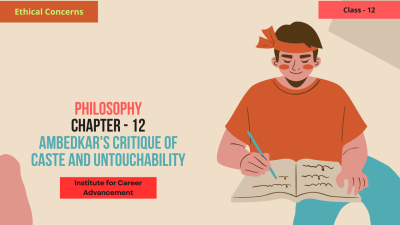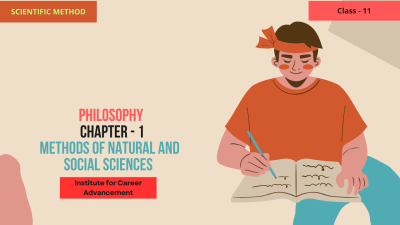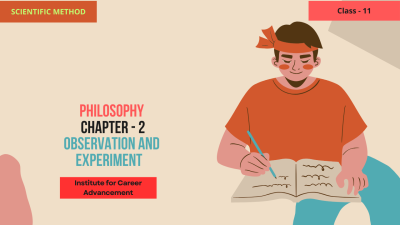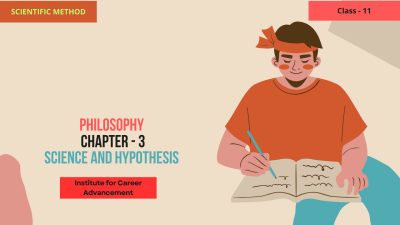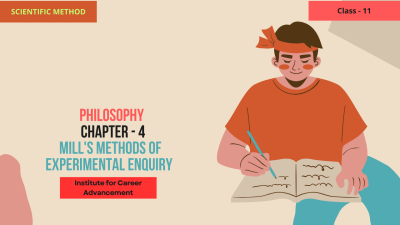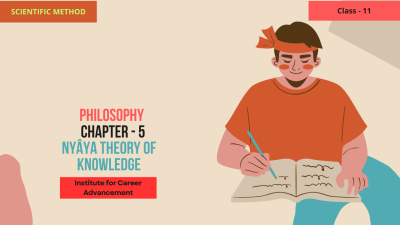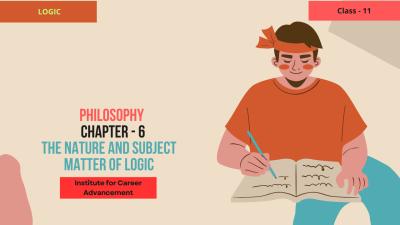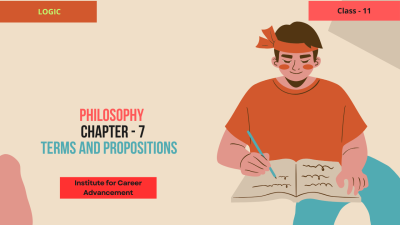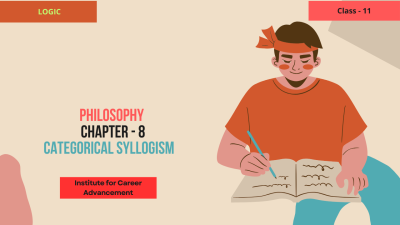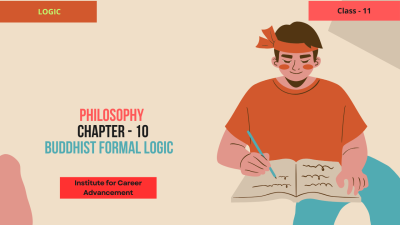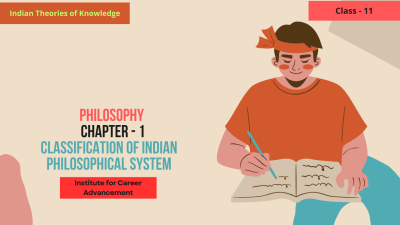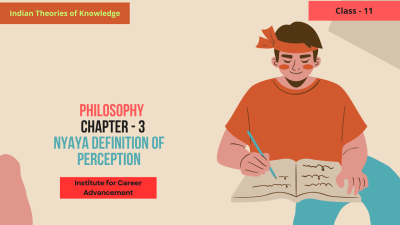Methods of Natural and Social Sciences - Class 11
 Compare
Compare
This topic explores the distinct approaches used to investigate and understand the natural world and human societies.
Natural Sciences:
Focus: Study of the physical universe, including physics, chemistry, biology, and astronomy.
Methods:
Observation: Careful and systematic observation of natural phenomena.
Experimentation: Controlled experiments to test hypotheses and gather data.
Measurement: Precise and accurate measurements of variables.
Data Analysis: Statistical analysis of data to identify patterns and draw conclusions.
Hypothesis Testing: Formulating hypotheses and testing them through experimentation.
Key Characteristics:
Emphasis on objectivity and empirical evidence.
Focus on identifying laws and principles that govern natural phenomena.
Use of controlled experiments and quantitative data.
Social Sciences:
Focus: Study of human behavior, societies, and cultures, including psychology, sociology, anthropology, economics, and political science.
Methods:
Surveys: Collecting data through questionnaires and interviews.
Observations: Observing human behavior in natural settings.
Interviews: Conducting in-depth interviews with individuals or groups.
Case Studies: In-depth analysis of specific individuals, groups, or events.
Historical Analysis: Examining historical documents and events to understand social change.
Comparative Analysis: Comparing different societies and cultures to identify similarities and differences.
Key Characteristics:
Emphasis on understanding human behavior and social interactions.
Focus on qualitative data and subjective interpretations.
Use of diverse research methods to gather data.
Key Differences:
Subject Matter: Natural sciences study the physical world, while social sciences study human behavior and societies.
Research Methods: Natural sciences rely heavily on experimentation and quantitative data, while social sciences use a wider range of methods, including surveys, interviews, and observations.
Focus: Natural sciences aim to identify universal laws and principles, while social sciences seek to understand the complexities of human behavior and social interactions.
In summary, both natural and social sciences use rigorous methods to investigate and understand the world around us, but they differ in their subject matter, research methods, and focus.
এই বিষয়টি প্রাকৃতিক বিশ্ব এবং মানব সমাজের অনুসন্ধান এবং বোঝার জন্য ব্যবহৃত স্বতন্ত্র পদ্ধতির অন্বেষণ করে।
প্রাকৃতিক বিজ্ঞানঃ
ফোকাসঃ পদার্থবিজ্ঞান, রসায়ন, জীববিজ্ঞান এবং জ্যোতির্বিজ্ঞান সহ ভৌত মহাবিশ্বের অধ্যয়ন।
পদ্ধতিঃ
পর্যবেক্ষণঃ প্রাকৃতিক ঘটনাগুলির যত্নশীল এবং নিয়মতান্ত্রিক পর্যবেক্ষণ।
পরীক্ষা-নিরীক্ষাঃ অনুমান পরীক্ষা এবং তথ্য সংগ্রহের জন্য নিয়ন্ত্রিত পরীক্ষা-নিরীক্ষা।
পরিমাপঃ চলকের সুনির্দিষ্ট এবং সঠিক পরিমাপ।
তথ্য বিশ্লেষণঃ নিদর্শনগুলি সনাক্ত করতে এবং সিদ্ধান্তে পৌঁছানোর জন্য তথ্যের পরিসংখ্যানগত বিশ্লেষণ।
অনুমান পরীক্ষাঃ অনুমান প্রণয়ন এবং পরীক্ষার মাধ্যমে সেগুলি পরীক্ষা করা।
মূল বৈশিষ্ট্যঃ
বস্তুনিষ্ঠতা এবং অভিজ্ঞতাগত প্রমাণের উপর জোর দেওয়া।
প্রাকৃতিক ঘটনাকে নিয়ন্ত্রণ করে এমন আইন ও নীতিগুলি চিহ্নিত করার দিকে মনোনিবেশ করুন।
নিয়ন্ত্রিত পরীক্ষা-নিরীক্ষা এবং পরিমাণগত তথ্যের ব্যবহার।
সমাজবিজ্ঞানঃ
মনোবিজ্ঞান, সমাজবিজ্ঞান, নৃতত্ত্ব, অর্থনীতি এবং রাষ্ট্রবিজ্ঞান সহ মানুষের আচরণ, সমাজ এবং সংস্কৃতির অধ্যয়ন।
পদ্ধতিঃ
সমীক্ষাঃ প্রশ্নাবলী এবং সাক্ষাৎকারের মাধ্যমে তথ্য সংগ্রহ করা।
পর্যবেক্ষণঃ প্রাকৃতিক পরিবেশে মানুষের আচরণ পর্যবেক্ষণ করা।
সাক্ষাৎকারঃ ব্যক্তি বা গোষ্ঠীর সঙ্গে গভীর সাক্ষাৎকার নেওয়া।
কেস স্টাডিঃ নির্দিষ্ট ব্যক্তি, গোষ্ঠী বা ঘটনাগুলির গভীর বিশ্লেষণ।
ঐতিহাসিক বিশ্লেষণঃ সামাজিক পরিবর্তন বোঝার জন্য ঐতিহাসিক নথি এবং ঘটনাগুলি পরীক্ষা করা।
তুলনামূলক বিশ্লেষণঃ বিভিন্ন সমাজ ও সংস্কৃতির তুলনা করে সাদৃশ্য ও পার্থক্য চিহ্নিত করা।
মূল বৈশিষ্ট্যঃ মানুষের আচরণ এবং সামাজিক মিথস্ক্রিয়া বোঝার উপর জোর দেওয়া।
গুণগত তথ্য এবং বিষয়গত ব্যাখ্যার দিকে মনোনিবেশ করুন।
তথ্য সংগ্রহের জন্য বিভিন্ন গবেষণা পদ্ধতির ব্যবহার।
মূল পার্থক্যঃ
বিষয় বস্তুঃ প্রাকৃতিক বিজ্ঞান ভৌত জগত অধ্যয়ন করে, অন্যদিকে সামাজিক বিজ্ঞান মানুষের আচরণ এবং সমাজ অধ্যয়ন করে।
গবেষণা পদ্ধতিঃ প্রাকৃতিক বিজ্ঞান ব্যাপকভাবে পরীক্ষা-নিরীক্ষা এবং পরিমাণগত তথ্যের উপর নির্ভর করে, অন্যদিকে সামাজিক বিজ্ঞান জরিপ, সাক্ষাৎকার এবং পর্যবেক্ষণ সহ বিস্তৃত পদ্ধতি ব্যবহার করে।
ফোকাসঃ প্রাকৃতিক বিজ্ঞানের লক্ষ্য সর্বজনীন আইন এবং নীতিগুলি চিহ্নিত করা, অন্যদিকে সামাজিক বিজ্ঞান মানুষের আচরণ এবং সামাজিক মিথস্ক্রিয়ার জটিলতা বোঝার চেষ্টা করে।
সংক্ষেপে, প্রাকৃতিক এবং সামাজিক বিজ্ঞান উভয়ই আমাদের চারপাশের বিশ্বকে অনুসন্ধান ও বোঝার জন্য কঠোর পদ্ধতি ব্যবহার করে, তবে তারা তাদের বিষয়, গবেষণা পদ্ধতি এবং ফোকাসে পৃথক।

